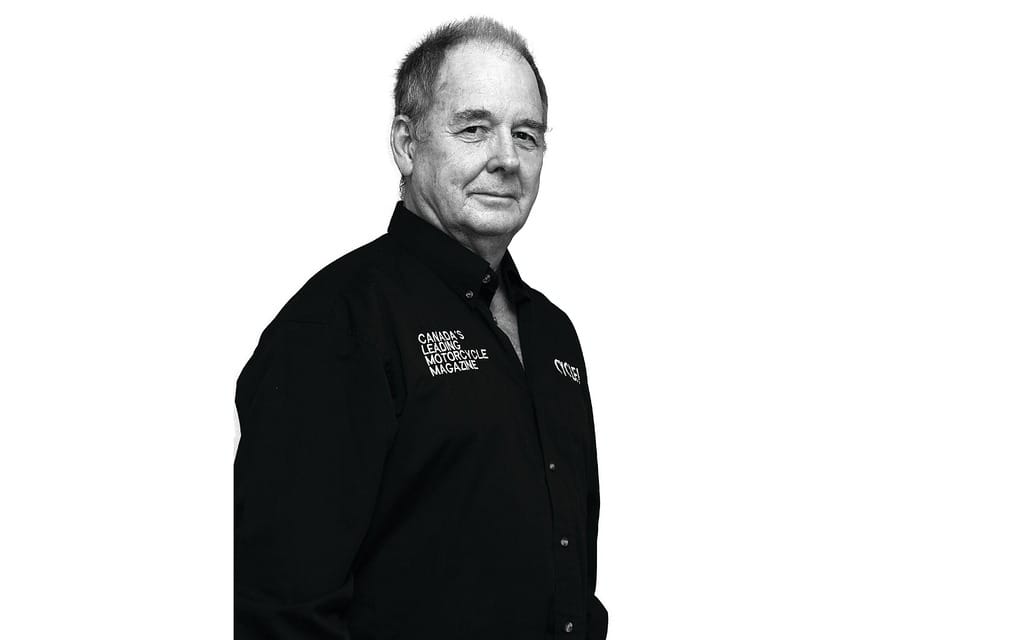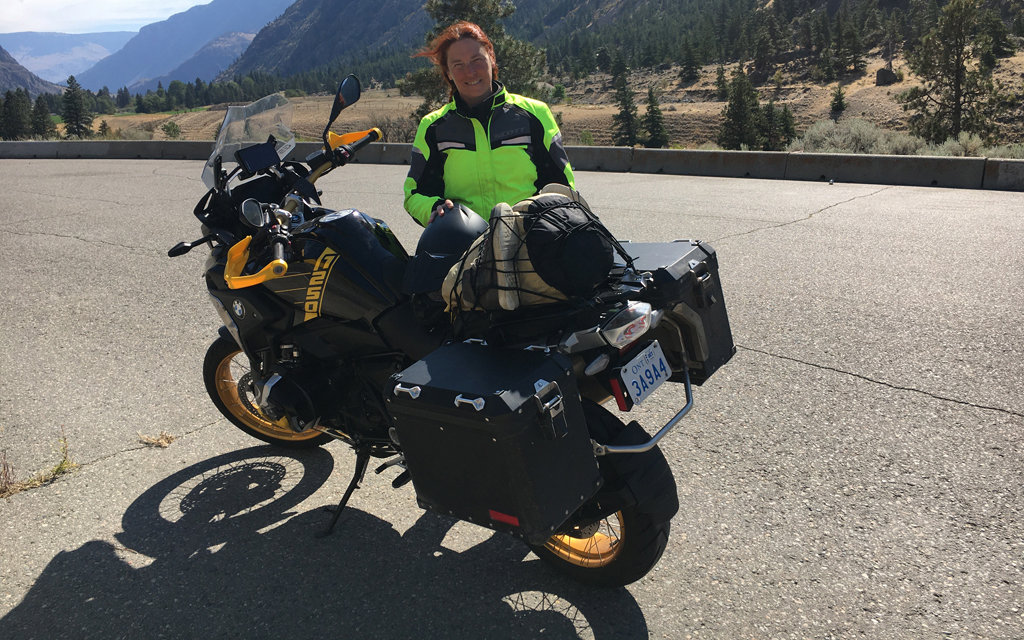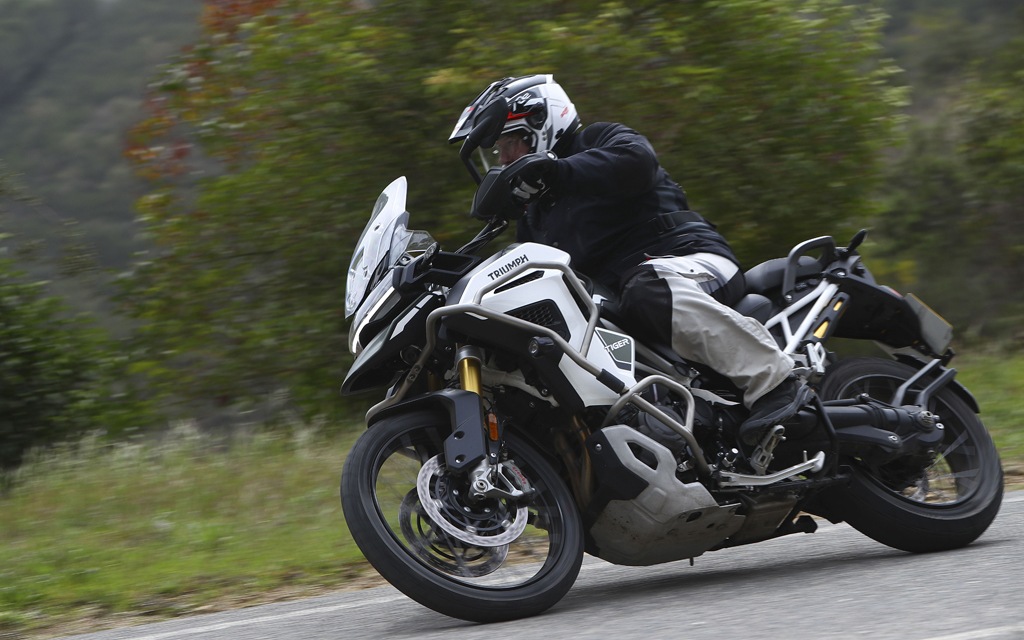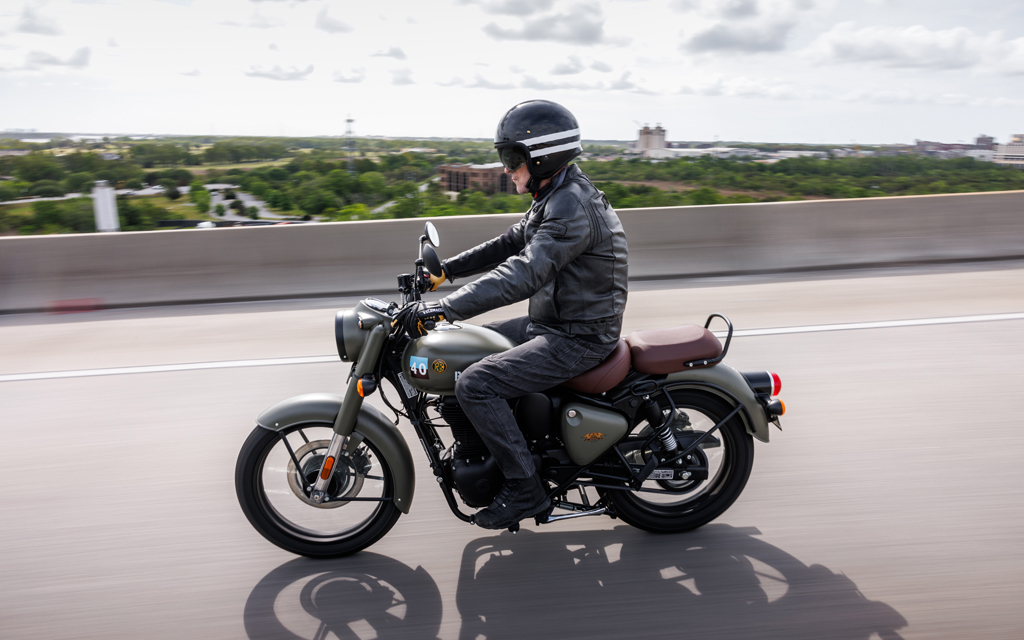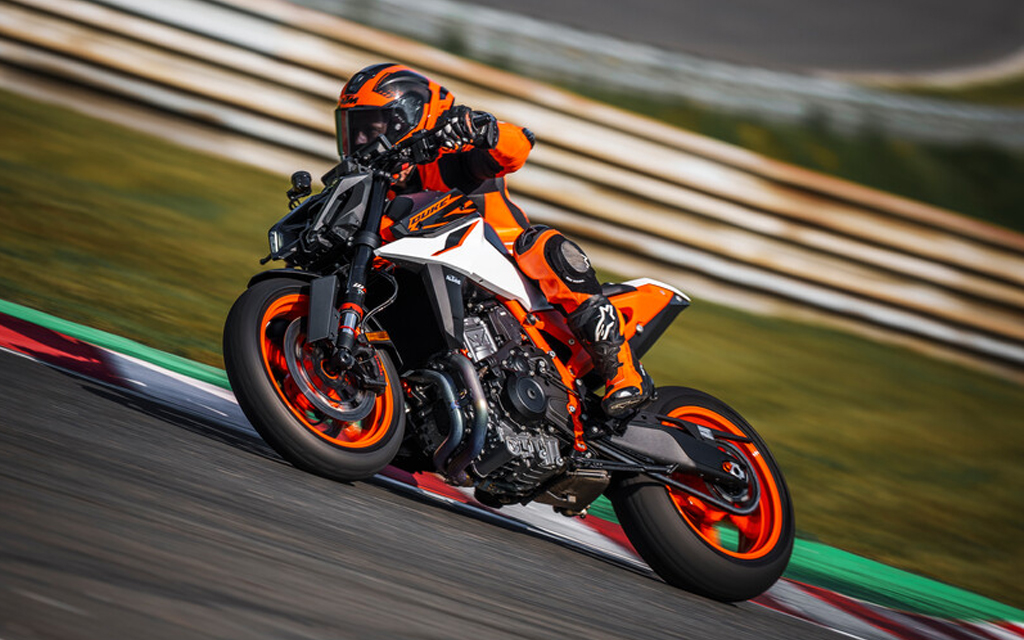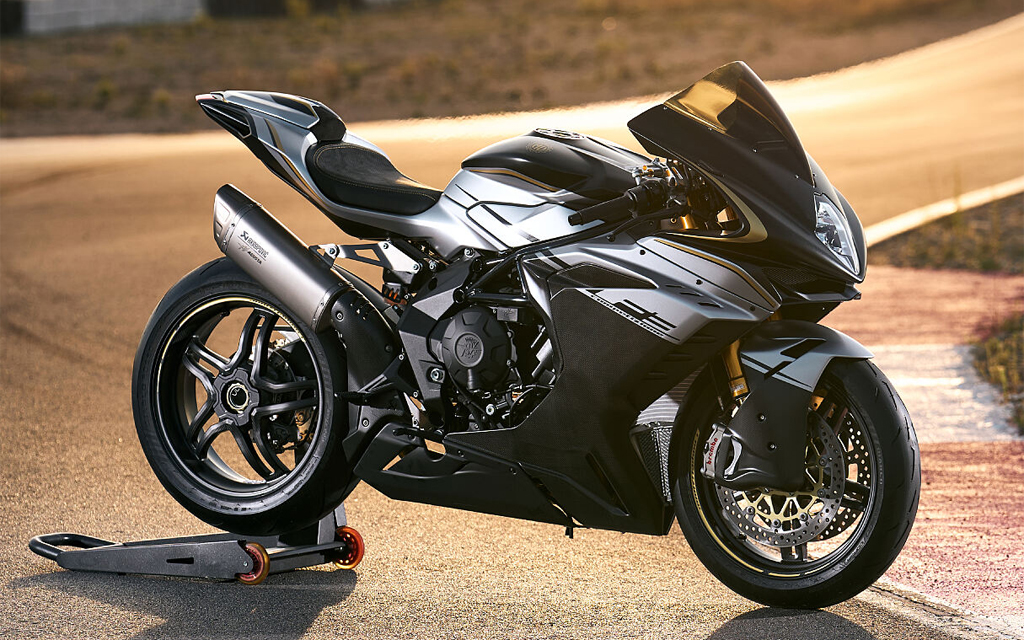I took my granddaughter to Canada’s Wonderland recently. Afterward, of course, I felt like I’ve been in a train wreck. For those who are fortunate enough to live far away from Toronto, Canada’s Wonderland is an amusement park on the outskirts of the city, a place filled with roller coasters and other devices of torture.
Aboard the coasters, my 13-year-old companion screamed with all the joy and amused terror of her youth, while I sat there, mute, knuckles white on whatever hand-holds were available. We bulleted around one track after another, about 13 rides in a six-hour span, on a day when you could cook a hot dog by simply exposing it to the sun. Most of the rides we indulged in were roller coasters of one form or another, and all were high on delta-V; turns were sudden and violent, throwing my head against surrounding protective pads, drops were steep enough to seem nearly vertical (and one was, in complete darkness), and we were crushed against our seats and then lifted against the safety bars as positive and negative g forces took their turns at us.
I have a memory of looking to my right at my granddaughter: she was screaming with delight and her long hair flowed straight back in a kind of caricature or cartoon image as we plunged through yet another sharp turn, weird and beautiful.
The rides were over in just a minute or so, but some were violent to the point of causing pain, most were frightening (many times we raced toward a collision with an abutment, only to be carried safely under it a moment later), and hilarious, as people tried to stop screaming and raise their hands in a parody of a theme-park stick-em-up.
She loved it; could hardly get enough. Me, I loved seeing her so wildly happy, and I liked a couple of the rides, particularly one called the Leviathan (largely because its turns were executed a little more smoothly than the jolting shots of other rides). But I had had enough after two or three, while she kept us going past a dozen. In that regard, our experiences there were very similar to what I think a typical motorcyclist experiences. When you’re just getting your licence, all you want to do is ride, and it doesn’t really matter where. The sensation of movement produced by rotating your right hand is a new and repeatable thrill. When you’ve been on a thousand rides, it’s still a good feeling to release the clutch lever and feel the pull of an engine or to turn the handlebar and feel the bike leaning into a curve, but thrills are less intense, for me, at least.
Of course, I didn’t let this 13-year-old drive a motorcycle, but she did insist on being taken for a few rides on my Suzuki SV650. Our first ride was into a cemetery down the street from home; it’s got plenty of winding avenues, almost no traffic, and I could reach it without exposing us to Toronto’s red-light runners.
She loved it and made sure to inform me of her feelings. And she was a perfect passenger, leaning with the bike, not trying to talk to me, not freaking out. The next day, she wanted to ride again, so I took her to High Park. The following day, downtown to the very core of the city, exposing her now to the full horror of driving in Toronto, and she kept on loving it. Partly, I think, it was the Honda-brand leather jacket I’d given her—a hardly used relic I’d bought for a girlfriend in 1980, virtually new, too small for most adults, and made in Canada; it’s probably worth about $400 and it fit her like it was made for her.
The day before she left to fly back to B.C.—just in time to inhale the smoke from 600 forest fires—I took her on the 401, which is an extremely busy highway, at night. She loved it, all of it. As we headed to the airport the next morning at 4 a.m. she was talking about saving up to buy a scooter so she could take her friends for rides.
We have three items in this issue that talk about the need to bring in new riders if motorcycling is to thrive here: Michael Uhlarik welcomes Harley to the present and urges the Milwaukee manufacturer to give it everything, 100 percent. Eric Menard compares Harley-Davidson to the Rolling Stones, a company entering its 116th year and a band entering its 280th, or thereabouts, if you add up the ages of the current members. Everyone has ears, he writes, but not everyone wants to ride a motorcycle, so the Rolling Stones may still be touring long after Harley has quit. And with a Husky Svartpilen review, Dave Booth talks about the stylistic influences of culture that only became popular long after he and I stopped caring about such things, namely steampunk, as a way to attract young riders. I hope the Svartpilen succeeds, and I hope Harley-Davidson brings its full load of talent to the game, and I also hope to see Mick, Keith, Charlie, and that other guy one more time.
But after spending a day with a 13-year-old at a roller coaster theme park, and after taking her for a few rides on my somewhat tame but still loveable SV650, I’m not at all sure that the manufacturers have anything to worry about. Just give the kids a taste of it, and enough of them will be hooked for life. Just like we were, back when the world made sense and there were five members in the Rolling Stones.
